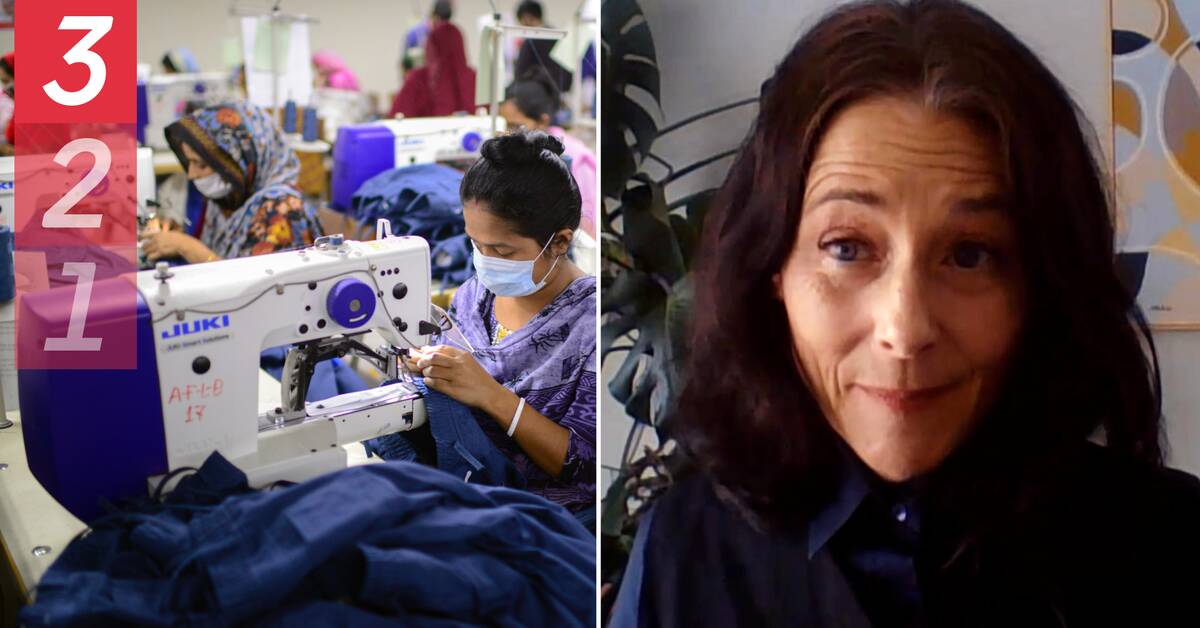7 kilos.
This is how much textiles we throw away per person and year.
Globally, this equates to a truckload of clothes every second.
But a change is afoot.
In 2030, textile products released on the EU market must have a long life and be recyclable.
That's what the EU's strategy for sustainable and circular textiles, which came in 2022, says.
The strategy is about twenty different pieces of legislation that target the textile industry's production, consumption and waste.
The Swedish Environmental Protection Agency participates in the negotiations and Yvonne Augusstson is involved as an expert in textiles.
She believes that the package can have a big impact along the entire value chain, if it is implemented in the way that is proposed.
- Companies will have to change their business models and it will be significantly easier for consumers to be able to choose the sustainable garment over another, she says to the Economic Agency.
Design requirements for garments
The legislative package specifically mentions that fast fashion should be phased out, because that type of garment is used for such a short time.
- Textiles are a priority issue at EU level because they have a major climate and environmental impact.
In addition, there are design requirements on how the products must be manufactured to maintain better quality, such as retaining their color and shape.
- That the zipper breaks, the garment twists or loses color.
These are precisely the reasons why many get rid of clothes before they are used up, she says.
The consumer can halve the climate impact
Yvonne Augustsson highlights the production of a t-shirt as an example.
The production requires an average of 2,500 liters of water and half a kilo of chemicals.
The process leaves behind between 2 and 8 kilos of greenhouse gas emissions.
The impact on the climate is the same regardless of whether the t-shirt is used once or 100 times.
- The solution is to use the garments that are already manufactured, but for a longer period of time.
If we double the usage time, we halve the climate impact, provided we don't buy a new garment during the same time.
See the Ekonomibyrån's latest episode Fashion-conscious business on SVT play.

